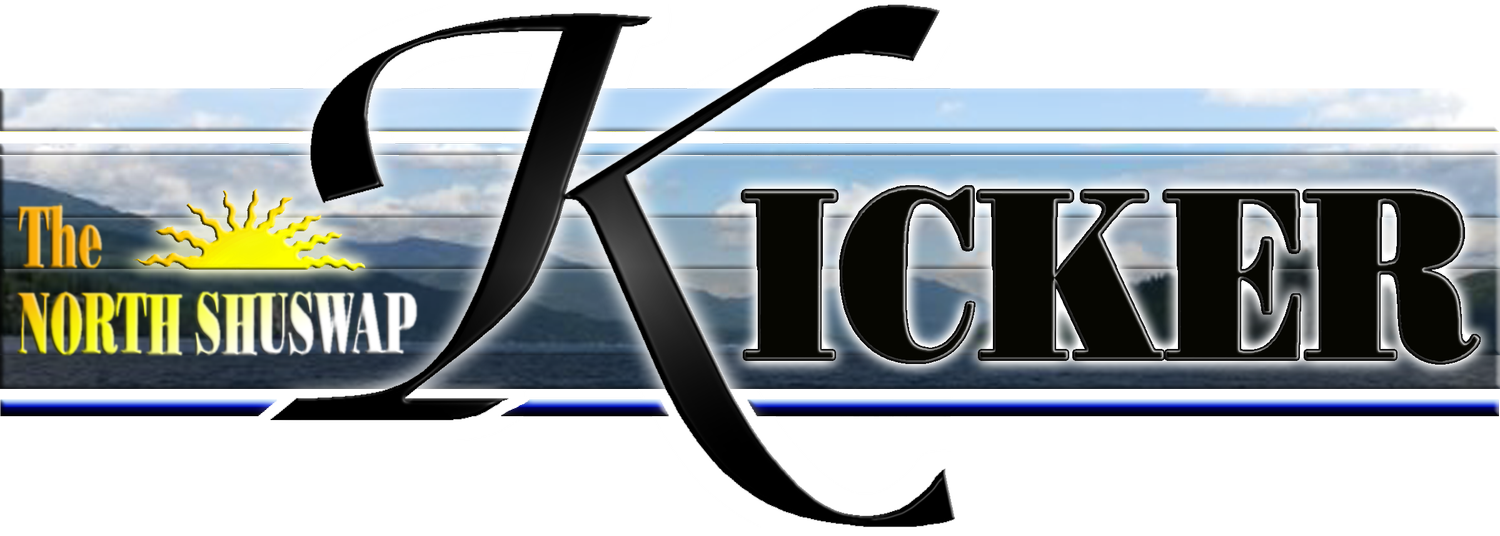Wildfires and Our First Nations Neighbours Part 1 of 2
By Carolyn Parks-Mintz - Author, Journalist & Freelance Writer
Last summer’s dreadful wildfire season remains intensely vivid for those who experienced it first-hand, whether emergency centre workers, firefighters, or local residents—and it is no different for the Indigenous communities in the Little Shuswap Lake area.
The remains of a residence destroyed by wildfire at the Skwlax te Secwepemculecw First Nation. (Photo Contributed)
Kukpi7 (Chief) James Tomma of the Skwlāx te Secwepemculecw First Nation reports that the fire spread rapidly and came upon his community very quickly. “I was attending a meeting at Quaaout Lodge around noon on August 18, and it was mentioned that a wildfire alert was imminent,” he says. “And within an hour or so, we had to evacuate. But our fire department ensured that the entire community of 200 to 300 people was evacuated.”
“Thankfully by that night, Emergency Services were set up in McArthur Island Park at Kamloops. The majority of our people went there and were housed at the evacuation camp in temporary shelters. However, they were ATCO trailers with small rooms set up in them which were OK for the short-term, but not suitable for the winter season. By late September, some people were able to return home and other evacuees were set up in hotel or motel rooms or in rental accommodation.”
“We lost 34 homes to the fire,” he goes on. “Approximately 40% of our people are still living elsewhere in Salmon Arm, Kamloops or outlying communities. I lost my home and with my wife, Jane, and our special kitty, we’re still living at Adams Lake.”
Kukpi7 Tomma and his two brothers were placed in imminent danger when they attempted to save their mother’s house, and all its sentimental significance, located on the Little River. “The fire was on us so quickly,” he says, “we had no choice but to run to the river and got trapped there, under the nearby bridge. However, Tony Dennis Jr. and Trey Alec, two brave boys from the Adams Lake band, came and got us in a boat, dangerous though that was. Travelling down the river at that time and seeing the community burning was terrible and shocking, but we were relieved to have been rescued.”
Kukpi7 Tomma goes on “As soon as possible after the initial shock, planning commenced with our community’s ‘Rapid Housing Initiative.’ The recovery and rebuilding have progressed well. Within two to three months, those who lost their homes will return to Skwlāx te Secwépemculecw. The team we put together, as well as the resources we drew upon, resulted in good work and progress.”
Rebuilding is underway at the Skwlax te Secwepemculecw First Nation (Photo Contributed)
“To bring our community together in a supportive way last fall, we held a ‘Return Home’ ceremony which involved an Elder’s prayer, drumming, honour songs, as well as pipe and brushing-off traditions.”
“The important thing,” says Kukpi7 Tomma, “is that we got everyone out safely and there was no loss of life. The wildfire and its destruction have brought us very much together in a new way, bound together by what we experienced.”
A classic example of the fact that what doesn’t defeat people makes them stronger.
“Our Dancing Fawn subdivision is well on its way to reconstruction and permanency, which will also provide new and more residences, and eliminate overcrowding,” he says. “There will be lasting positive effects on our community.”
His general advice is to reduce the amount of fire fuel around communities and properties, and the deadwood on the forest floor. Be prepared, expect the worst, and do what you can in advance of fire season. FireSmart information is available from fire departments, municipalities, and BC Wildfire Service.
When asked about future wildfire protections, Kukpi7 Tomma advises that their community is still studying the situation and examining preventative measures for the future. However, he also suggests that additional water bomber planes are needed to more effectively handle and suppress wildfires—as well as with deterrent measures on the ground.
Speaking of ‘on the ground,’ Kukpi7 Tomma extends his and the community’s heartfelt thanks to the volunteer firefighters, the brave men and women who stood their ground and stopped the fire, putting their lives at risk for communities and the area.
Journalist’s note: Kukpi7 Tomma and his family will be the last to return to Skwlāx te Secwepemculecw, only returning once the last of his people is home permanently and safely. Leadership personified!
Part 2 of this article will comprise interviews with Kukpi7 Lynn Kenoras-Duck Chief and Kukpi7 Irvin Wai.



